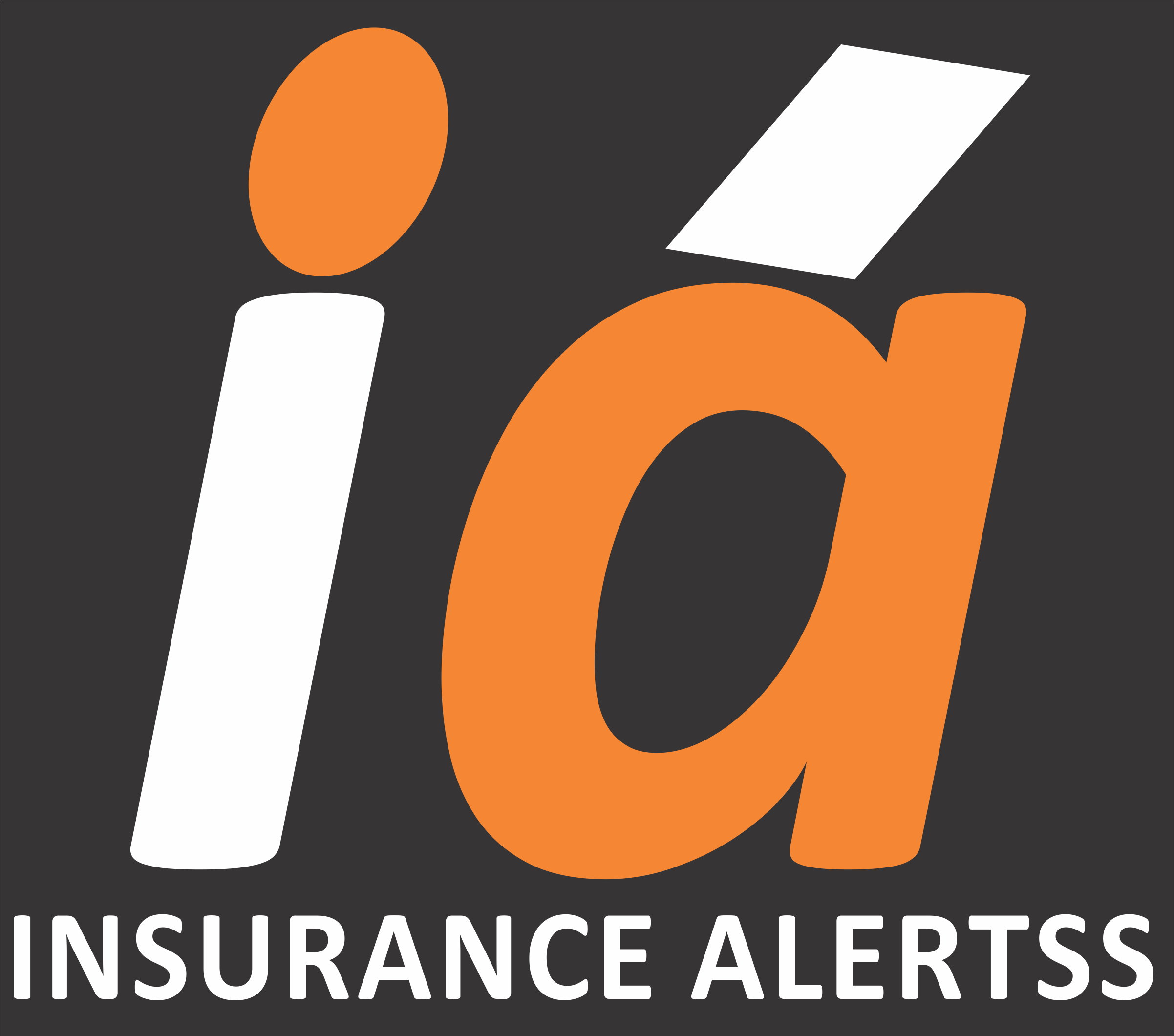 15-10-2020
15-10-2020
The many confusions and disputes in COVID-19 insurance settlements
-2020-10-15-39-793.jpg)
 Insurance Alertss
Insurance AlertssThe many confusions and disputes in COVID-19 insurance settlements
“Make sure you assess your viral load based on the CT value,” Biocon’s Kiran Mazumdar Shaw suggested in her blog about ways to manage COVID-19 after successfully recovering from the illness. The Hindu was quick to declare shortly after Shaw’s blog was published that there is “no correlation between CT values and COVID-19 severity.” Such contradictions have been a hallmark of this evolving pandemic. Similar confusion has prevailed in several parts of insurance delivery. At times, this has compounded the issues for the policyholder, who is battling a relatively less understood illness, the social issues attached to it, and limited supply of proper care.
Confusion despite clarification
At the onset of the pandemic, the insurance regulator clarified that all standard health insurance policies cover COVID-19 and asked for insurers to be extremely cautious before rejecting a COVID-19 claim. However, several issues emerged despite such a broad clarification. Would hospital quarantine be covered under insurance, if you are not tested positive but suspected of COVID? Is a claim admissible if a COVID-positive patient is hospitalized to ensure the condition does not deteriorate, but the line of treatment is conservative? Insurance policies generally do not reimburse expenses incurred for observation purpose. If a patient chooses to be treated at home instead of getting hospitalized, would the expenses be reimbursed? In policyholders’ minds, home treatment leads to lower outgo for the insurer. So, they have a commercially rational expectation to have at least the reduced expenses reimbursed. But, in most policies, a minimum 24 hours of hospitalization is required for a claim to be accepted.
Scarcity premium
Scarcity of hospital beds, which resulted in price increases, has been another major source of customer dispute. Several hospitals have unilaterally increased the room rent several times over the regular charges. Some local governments have suggested a pricing cap, depending on the type of hospital and severity of illness. The General Insurance Council (GIC), the body that represents all non-life insurers in the country, also recommended such a cost structure. It recommended a treatment package on a per day basis rather than the usual itemized billing system of the hospital.
However, several hospitals have refused to abide by these tariffs. Patients, who were struggling to get hold of a bed, had limited bargaining power with hospitals. Such patients then naturally looked to their insurers to cover their expenses. When the Corona Kavach policy was launched, no room rent capping and coverage of PPE was hailed as some of its most distinguishing features. However, insurers now cite the local regulations and the GIC guidance to settle claims. Policyholders are likely to contest this.
Renewals have become another issue. The Corona Kavach policy was designed to be a short-term policy. Some people opted for the 3.5 months variant. As their policy comes to an end, they wonder about renewal. Since a renewal provision does not exist, they will have to buy a fresh policy that will come with a 15-day waiting period. The previous policy cannot be ported or upgraded to a regular health insurance policy. Policyholders are used to no-claim bonuses, lifetime renewability and portability. The absence of a clear migration approach leaves them feeling short-changed. While commercial disputes are unlikely here, we might see a drop in the funnel, which could otherwise be inducted into mainstream insurance.
Navigating the settlement ecosystem
The solutions to such issues are not straightforward. An informed policyholder understands the changing context of these issues and may be prepared to navigate the ecosystem. But, many would not be ready. The responsibility of increasing customer awareness, thus, lies with the institutions, i.e., the insurers, industry bodies and hospitals. There needs to be a higher level of dialogue between the payers (insurers) and providers (hospitals). While they look after their commercial interests, they also have to keep the insured patient at the centre of their solutions. Considering the fragmented ownership of hospitals in the country, insurers would have to take a lead.
A much more proactive stance in communication is required. A dedicated COVID-19 helpline will be a good start. Historically, insurers have struggled to steer patients to their preferred hospitals. Today, patients would be willing to adopt an insurer’s concierge service to find a hospital, where charges are applied in line with the GIC recommended tariff. A customer-oriented measure would be most welcome now, when they need it the most. The long-term implications will be much higher trust on the insurance ecosystem and faster adoption.
Coming back to CT value. Last week, the CFO of one of our clients was describing to me how the CT value should be interpreted. His parents had just successfully recovered from COVID without hospitalization. Their CT value was around 23. While a happy outcome, should we be quick to generalize? We expect and best understand simple solutions. However, over-simplification may just increase our expectations, and reality may fall short.
Source: Money Control

http://www.insurancealertss.